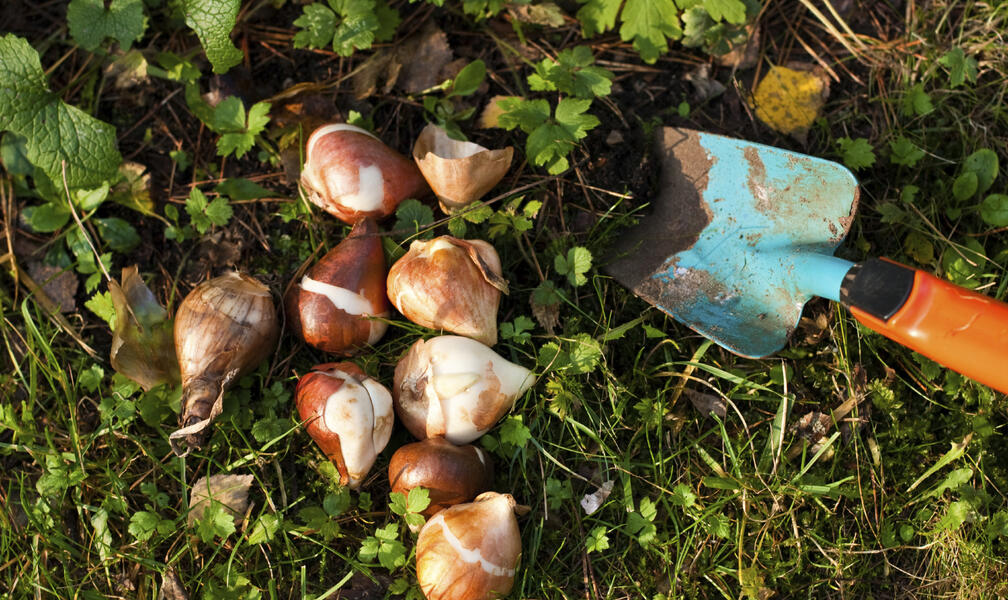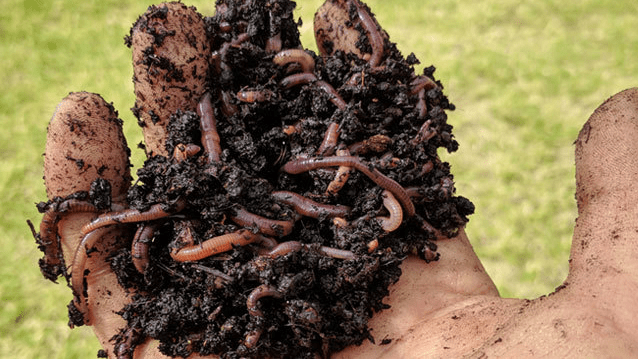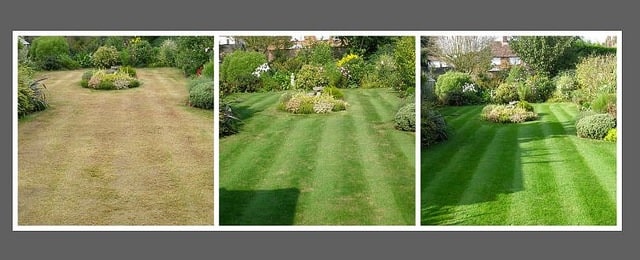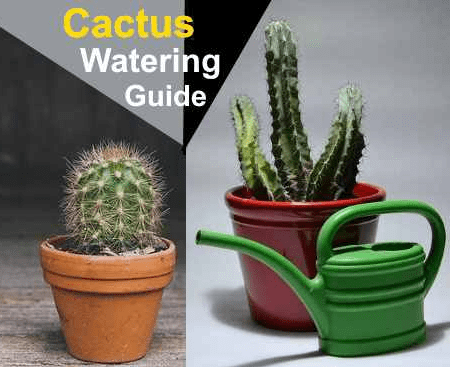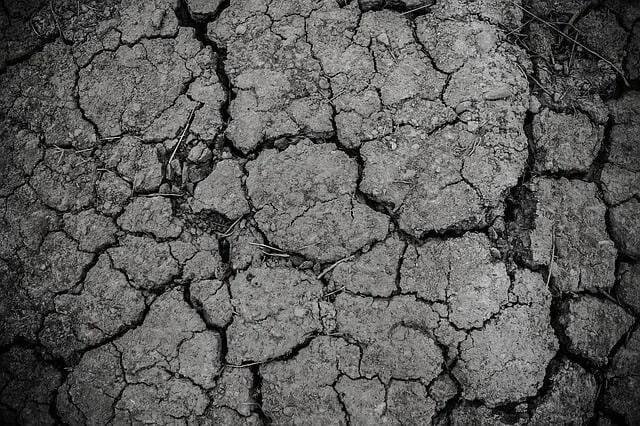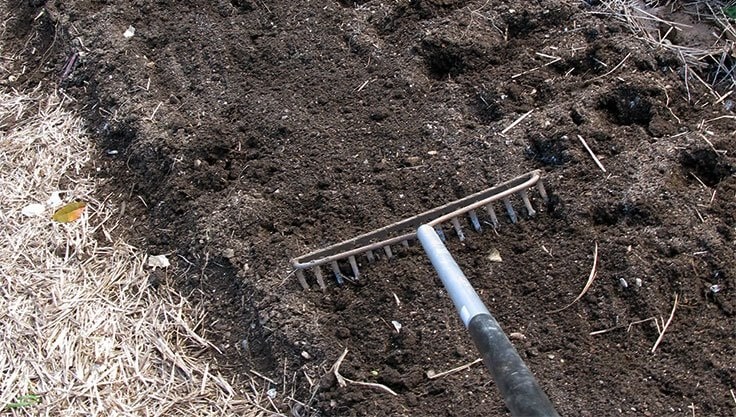Contents
Planting in the Shade – What I Learned About Bulbs
I used to think bulbs were pretty straightforward—you dig a hole, drop them in, and wait for spring. But it wasn’t until I started experimenting with shady corners of my garden that I realized how picky some of these little guys can be.
At first, I tried planting tulips under a big tree in my yard. Nothing happened. Well, leaves showed up, but the flowers? Nowhere to be seen. Turns out, tulips and hyacinths just don’t do well without a good dose of sunshine. They’re sun-lovers, through and through.
So I started looking into shade-tolerant bulbs. That’s when I discovered some true little gems—snowdrops, grape hyacinths, bluebells, and even these beautiful yellow dogtooth violets. They’re smaller, sure, but once they settled in, they lit up those darker corners in early spring like you wouldn’t believe. And the best part? A few years later, they had spread into these soft, colorful carpets under the trees.
One mistake I made early on was forgetting about drainage. I didn’t realize how important it was until a wet winter left half my bulbs rotting in the ground. Now, I always add a layer of gravel or sand—just a few centimeters—at the bottom of the planting hole. It makes a huge difference, especially in those shady, damper spots.
And here’s a tip I swear by now: don’t plant bulbs one by one. I always put a handful—three to ten—into each hole. That way, when they bloom, they come up like little clusters instead of lonely stalks. It’s way more satisfying visually.
If you’re like me and want to make use of every corner of your garden—even the shady ones—don’t give up on bulbs. Just pick the right ones, give them some drainage, plant them in groups, and be patient. You’ll be surprised how beautiful those quiet little corners can become.
Not All Bulb Flowers Thrive in Every Garden Spot
Not all bulb flowers are equally suited to every planting location. Tulips, in particular, enjoy a few rays of sunshine. So in shadier areas, it’s better to reach for classic shade-loving flowers instead.
For shady garden corners under trees and shrubs, tulips and hyacinths are not the best choice. Instead, opt for low-growing varieties like snowdrops or grape hyacinths. These small shade lovers feel right at home in such spots, match their larger competitors in color, and over the years can even form dense, blooming carpets.
Popular Bulb Flowers for Shady Beds
These bulbs thrive in shady garden spots beneath trees and large shrubs:
- Blue Grape Hyacinth (Muscari)
- Yellow Dogtooth Violet (Erythronium)
- Blue, Pink, or White Bluebells (Hyacinthoides)
- Snowdrops (Galanthus)
- Spring Snowflake (Leucojum)
Snowdrops bloom as early as February, with the others following in March, creating cheerful and colorful garden scenes. These shade plants prefer moist soil, but to prevent the bulbs from rotting, it’s important to incorporate a drainage layer during planting.
Planting with Drainage
Good drainage is essential to protect bulbs from waterlogging at any time of the year. A tried and tested method is to place a 3–5 cm layer of gravel or sand at the bottom of the planting hole.
- The soil should be rich in humus and have excellent drainage to prevent rotting.
- Heavy, waterlogged soil is not suitable for bulb planting.
Instead of planting bulbs individually, place 3 to 10 bulbs per hole. This helps them bloom closely together in spring and creates beautiful, eye-catching clusters.
Many of these species will naturally multiply, often forming dense flowering carpets within just a few years.
Planting Depth Rule of Thumb
Plant bulbs at twice their height:
For example, a bulb that’s 3 cm tall should be covered with 3 cm of soil—
meaning the base of the bulb sits 6 cm deep in the earth.

